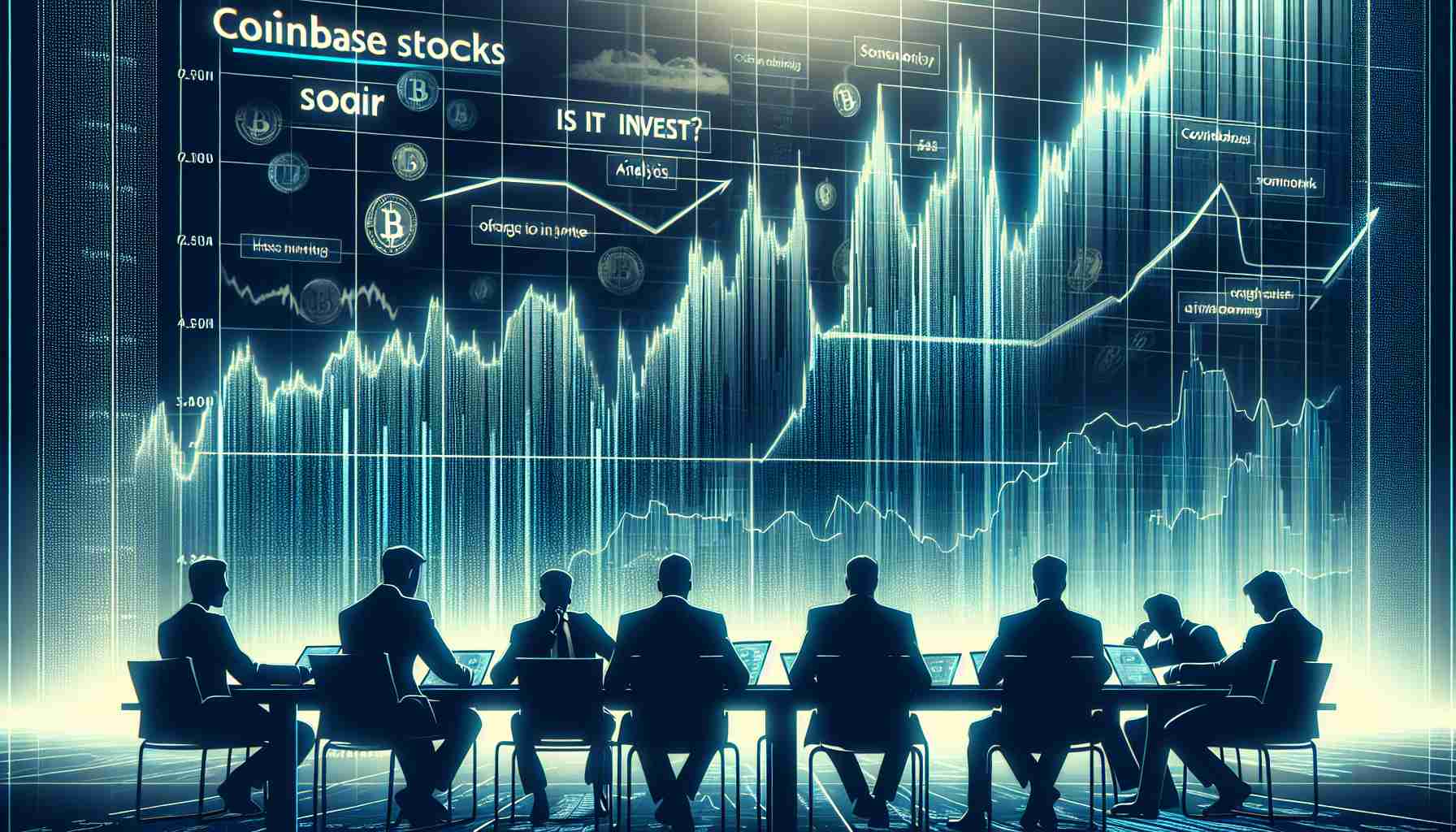Financial Performance Overview
Enphase Energy’s recent results paint a troubling picture for investors. In the third quarter of 2024, the company reported a staggering 53.91% drop in year-over-year revenue, culminating in $1.25 billion. This decline is even more concerning as analysts are predicting a less favorable outlook for the fourth quarter, primarily due to weak demand in Europe and lower battery sales.
Challenges in the European Market
Particularly alarming is the situation in Europe, where Enphase has witnessed a 34% reduction in product sell-through quarter-over-quarter. This trend indicates potential headwinds for the company, especially as it faces anticipated risks moving into 2025, with countries like France showing significant weakness.
Innovations Amidst Struggles
Despite these challenges, Enphase is striving to stay relevant by innovating its product line. The launch of new microinverters and battery technologies from U.S. production facilities allows the company to benefit from the Section 45X Advanced Manufacturing Tax Credit. This strategic pivot aims to enhance competitive positioning, especially as tax credits motivate consumers to purchase before any potential legislative shifts next year.
Future Prospects
While Enphase showcases a strong cash reserve of $1.7 billion, its financial guidance for 2024 indicates vulnerabilities, as projected revenues fall short of analyst expectations. As competition intensifies, particularly from rival Tesla, maintaining market share will be essential for Enphase’s long-term success. The trajectory of these developments remains to be seen, underscoring the importance of market dynamics as Enphase navigates its path forward.
Broader Implications of Enphase Energy’s Financial Struggles
The recent downturn in Enphase Energy’s financial performance carries significant implications for both the renewable energy sector and broader economic landscapes. As investment confidence falters in a critical player like Enphase, it prompts a reevaluation of the sustainability of the green energy transition. The decline in European demand, compounded by a 34% drop in their product sell-through, highlights a potentially larger trend of market saturation in regions once seen as frontrunners in renewable energy adoption.
This situation could have ripple effects across global supply chains. Countries dependent on renewables for energy and manufacturing might find disruptions affecting their own strategies for energy independence. As major economies like France grapple with weakened purchasing in the sector, their commitment to ambitious climate targets comes into question, threatening to stall progress on international environmental agreements.
Moreover, evolving consumer behaviors—especially amid inflationary pressures—may deter individuals from investing in costly batteries and solar technology. This trend underscores the need for innovative financing solutions to make such technologies more accessible.
Looking ahead, these challenges might accelerate shifts toward alternative energy companies that adapt rapidly to market conditions. Enphase’s attempts to innovate in product offerings reflect a desperate need to recapture investor interest. However, the overall trajectory will depend significantly on both policy environments and consumer sentiment, which remain volatile. As we move into the latter half of the decade, the fate of companies like Enphase could shape not only market competition but also the very fabric of the global transition to sustainable energy sources.
Enphase Energy: Navigating Challenges and Innovations in the Solar Sector
Financial Performance Overview
Enphase Energy’s performance in the solar market has raised significant concerns among investors. In the third quarter of 2024, the company reported an alarming 53.91% decline in year-over-year revenue, totaling $1.25 billion. This decline is accentuated by analysts forecasting a challenging fourth quarter, largely due to low demand in European markets and decreased battery sales.
Challenges in the European Market
The European market poses considerable challenges for Enphase. The company has experienced a 34% drop in product sell-through from the previous quarter, a developing trend that hints at further difficulties ahead. Countries such as France are critical areas of concern, demonstrating marked weaknesses that could hinder growth as we approach 2025. This landscape reflects broader economic uncertainties and shifting consumer preferences within the renewable energy sector.
Innovations Amidst Struggles
In response to these difficulties, Enphase is actively innovating its product lines. Recent launches of advanced microinverters and improved battery technologies from its U.S. manufacturing facilities position the company to capitalize on the Section 45X Advanced Manufacturing Tax Credit. This strategic approach not only aims to enhance competitiveness but also encourages consumer purchases ahead of potential legislative changes that could impact tax credits in the upcoming year.
Future Prospects
Despite a robust cash reserve of $1.7 billion, Enphase’s financial outlook for 2024 is tentative, with projected revenues falling below analyst expectations. The competitive landscape is intensifying, notably with rivals like Tesla making significant inroads. For Enphase to secure its market position and ensure long-term viability, maintaining market share amidst this growing competition will be critical.
Pros and Cons of Enphase Energy’s Current Strategy
Pros:
– Strong financial position with significant cash reserves.
– Innovative product development aligns with tax incentive opportunities.
– Potential for growth in new U.S.-based production capabilities.
Cons:
– Significant decline in revenue and sell-through rates in Europe.
– Predicted challenges and risks in upcoming quarters.
– Increased competition from established rivals like Tesla.
Insights and Market Analysis
As Enphase navigates its current challenges, analysts predict that the company will need to focus on enhancing its market strategies to adapt to the changing dynamics of the solar energy landscape. The importance of innovation and strategic partnerships cannot be understated; they will play a crucial role in restoring investor confidence and capturing market share.
Conclusion
Enphase Energy remains in a precarious position within the renewable energy market. While innovations and financial strategies could provide avenues for recovery, the reality of declining revenues and external competitive threats cannot be ignored. Stakeholders will be keenly watching how the company adapts its approach moving forward.
For further insights on renewable energy trends and market analyses, visit Enphase Energy.













